Scientists presented the first evidence of collective excitations with spin called chiral graviton modes (CGMs) in quantum material.
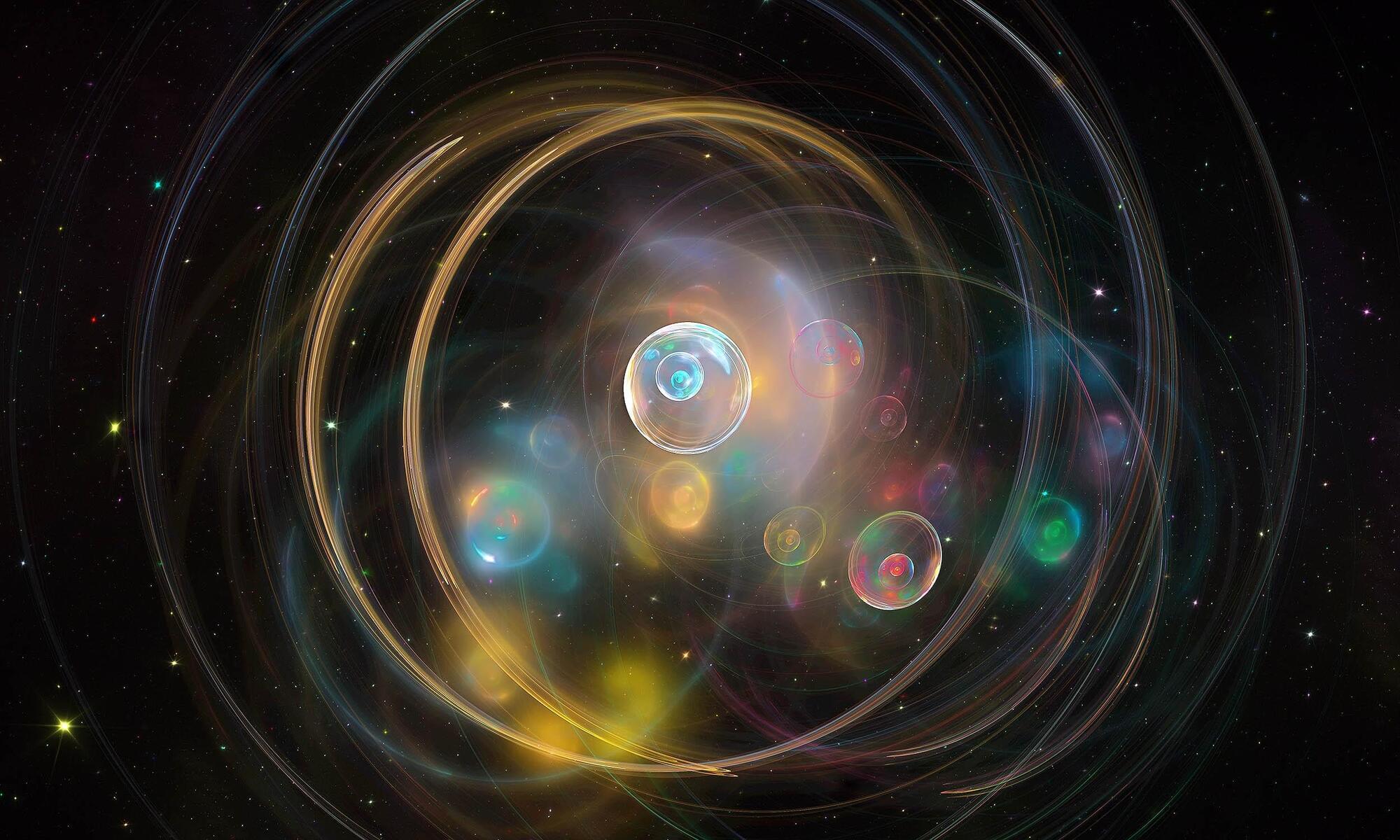

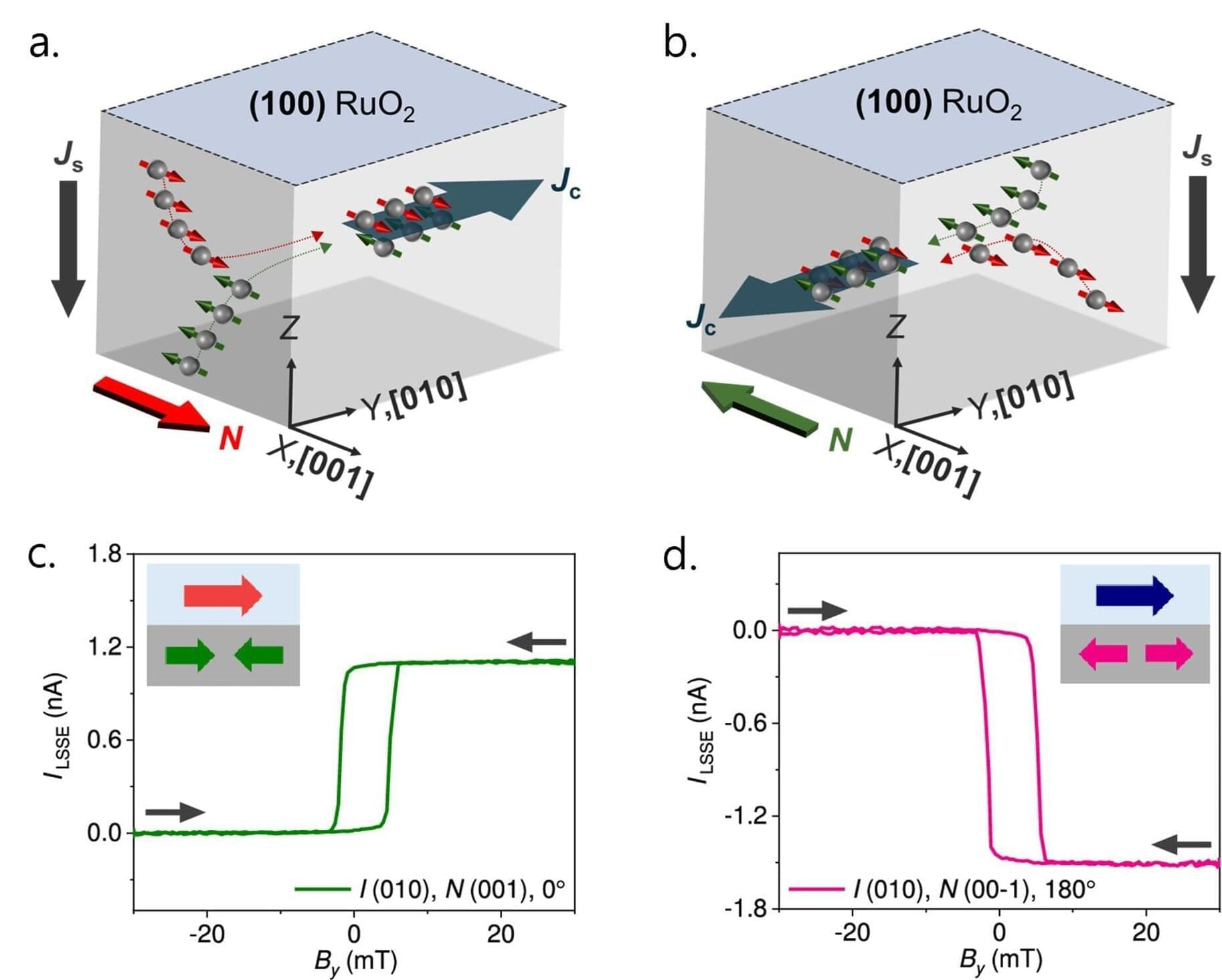
A research team affiliated with UNIST has made a advancement in controlling spin-based signals within a new magnetic material, paving the way for next-generation electronic devices. Their work demonstrates a method to reversibly switch the direction of spin-to-charge conversion, a key step toward ultra-fast, energy-efficient spintronic semiconductors that do not require complex setups or strong magnetic fields.
Led by Professor Jung-Woo Yoo from the Department of Materials Science and Engineering and Professor Changhee Sohn from the Department of Physics at UNIST, the team has experimentally shown that within the altermagnetic material ruthenium oxide (RuO₂), the process of converting spin currents into electrical signals can be precisely controlled and flipped at will.
This breakthrough is expected to accelerate the development of low-power devices capable of processing information more efficiently than current technologies. The study is published in the journal Nano Letters.

What happens as a raindrop impacts bare soil has been fairly well-studied, but what happens to raindrops afterward is poorly understood. We know that the initial splash of raindrops on soil contributes to erosion, but a new study, published in the Proceedings of the National Academy of Sciences, finds that the journey of the raindrop downhill might have an even bigger impact on erosion than the initial splash.
Somewhere on the “Route de la Sorge” in Ecublens, Switzerland, members of the research team observed natural raindrops hitting the surface of a hillside and noticed that they collected particles of sand as they rolled downhill. This spurred the researchers to document the event with a camera and then take the idea to the lab.
In the lab, they constructed a 1.2 meter long bed covered with dry silicate sand and tilted at an angle of 30°. The lab conditions enabled the team to properly document the phenomenon by recording the evolution of the raindrops’ shapes as they rolled and take precise measurements of the relevant parameters. They found that each raindrop formed what they refer to as “sandballs” and that they took on differing shapes, depending on the conditions, and that the sandballs can move up to 10 times more soil than the initial splash alone.

Researchers at the ArQuS Laboratory of the University of Trieste (Italy) and the National Institute of Optics of the Italian National Research Council (CNR-INO) have achieved the first imaging of individual trapped cold atoms in Italy, introducing techniques that push single-atom detection into new performance regimes.
By combining intense, microsecond-scale fluorescence pulses with fast re-cooling, the team demonstrated record-speed, low-loss imaging of individual ytterbium atoms—capturing clear single-atom signals in just a few microseconds while keeping more than 99.5% of the atoms trapped and immediately reusable.
This approach allows researchers to distinguish multiple atoms within a single optical tweezer without significant blurring, enabling precise onsite atom counting rather than the binary “zero-or-one” detection typical of existing methods. This capability is key for scaling neutral-atom quantum computers, advancing next-generation atomic clocks, and enhancing quantum simulators that probe complex many-body physics.
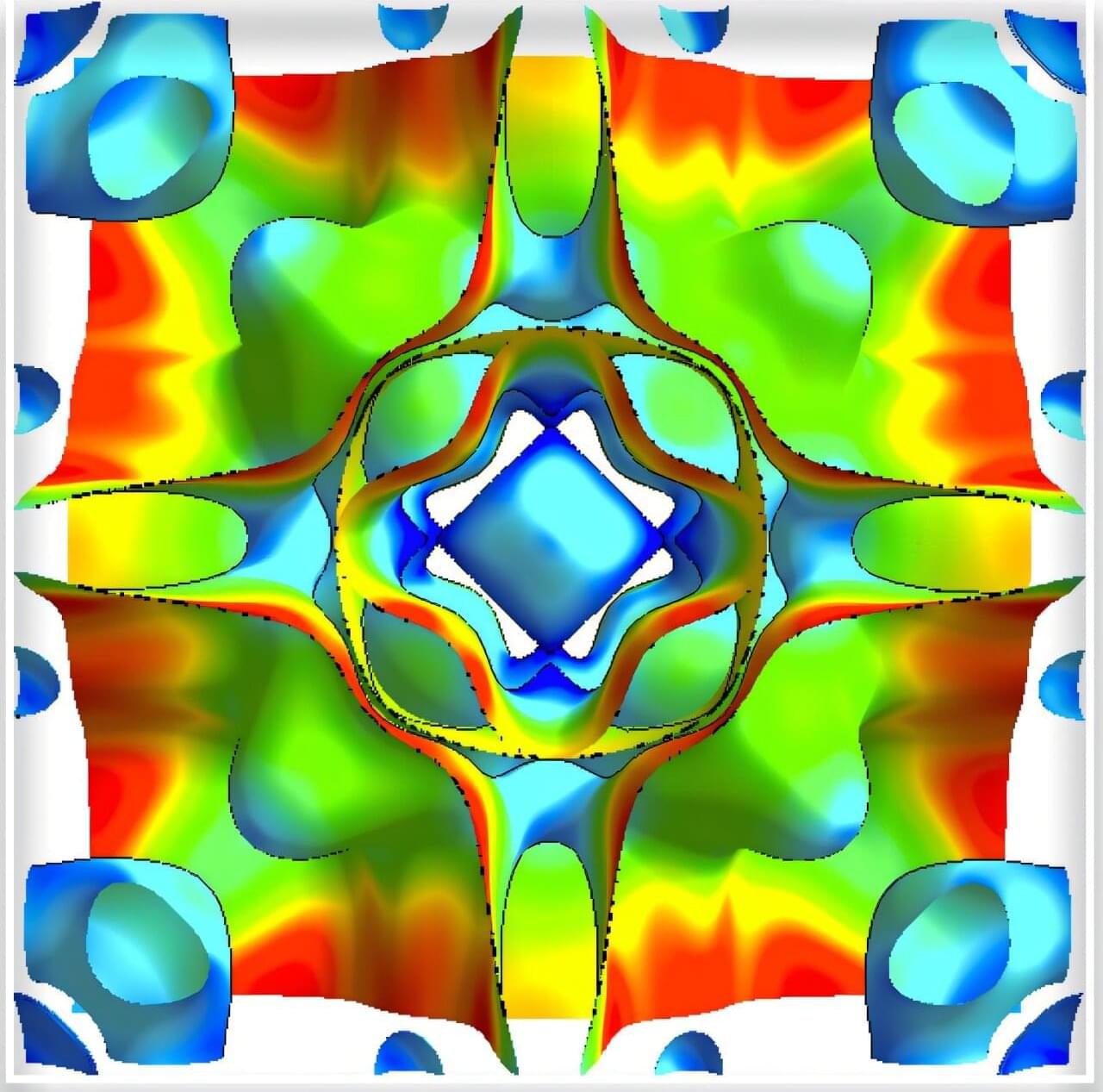
Scientists at Ames National Laboratory, in collaboration with Indranil Das’s group at the Saha Institute of Nuclear Physics (India), have found a surprising electronic feature in transitional metal-based compounds that could pave the way for a new class of spintronic materials for computing and memory technologies.
Spintronics, a field that harnesses the spin of electrons in addition to their charge, promises breakthroughs in technologies such as brain-like computers and memory devices that retain data without power.
The unexpected feature was found in Mn₂PdIn, a Heusler compound—a type of alloy valued for its tunable magnetic and electronic properties. These alloys can exhibit behaviors not seen in their individual elements, making them prime candidates for spintronic applications.
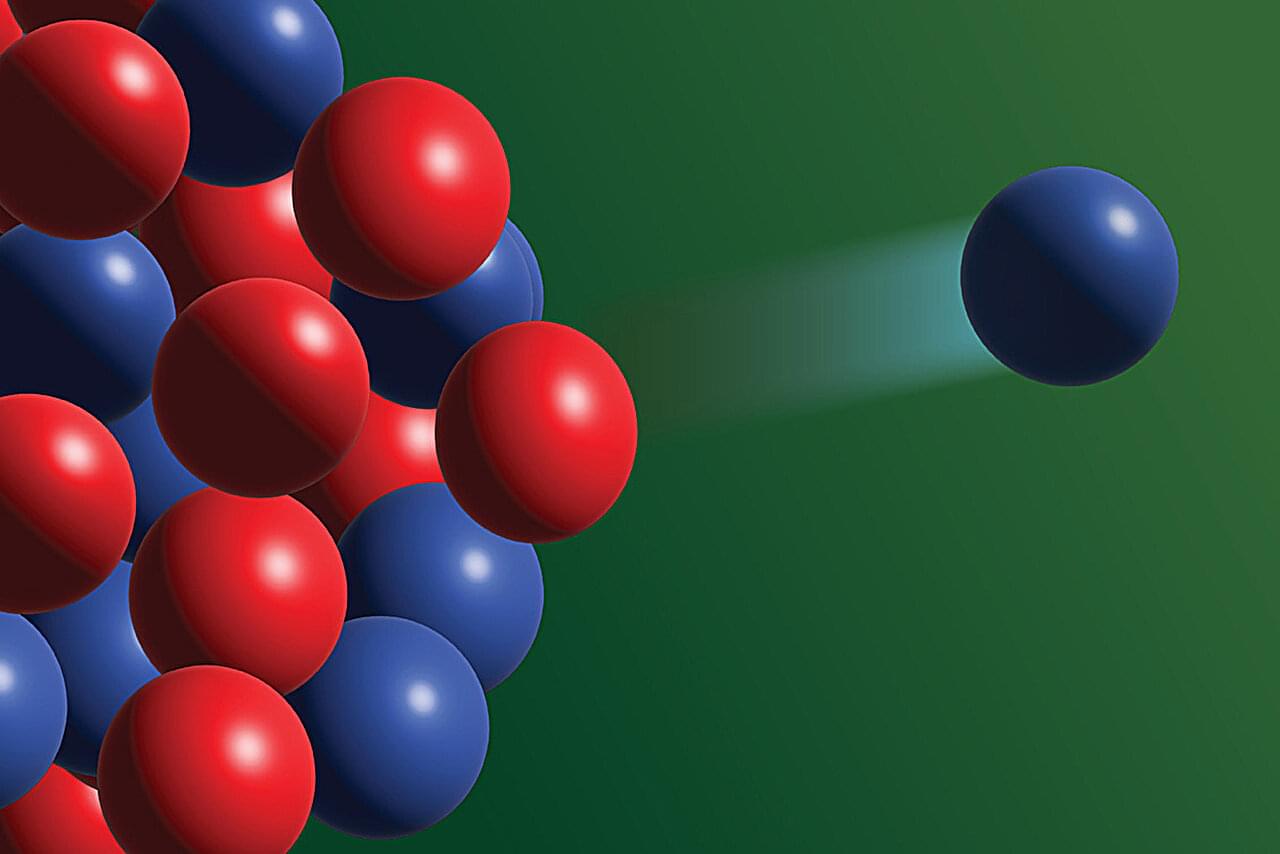
A research team at the Facility for Rare Isotope Beams (FRIB) is the first ever to observe a beta-delayed neutron emission from fluorine-25, a rare, unstable nuclide. Using the FRIB Decay Station Initiator (FDSi), the team found contradictions in prior experimental findings. The results led to a new line of inquiry into how particles in exotic, unstable isotopes remain bound under extreme conditions. Led by Robert Grzywacz, professor of physics at the University of Tennessee, Knoxville (UTK), the team included Jack Peltier, undergraduate student at UTK, Zhengyu Xu, postdoctoral researcher at UTK, Sean Liddick, professor of chemistry at FRIB and interim chairperson of MSU’s Department of Chemistry, and Rebeka Lubna, scientist at FRIB.
The team published its results in Physics Letters B.
“The different results on decay lifetime we obtained for fluorine-25 were similar to previously measured decay of oxygen-24. And while we are not entirely certain why we found this difference between previously published results, we have conducted numerous checks on our results and are confident in our findings,” Grzywacz said.
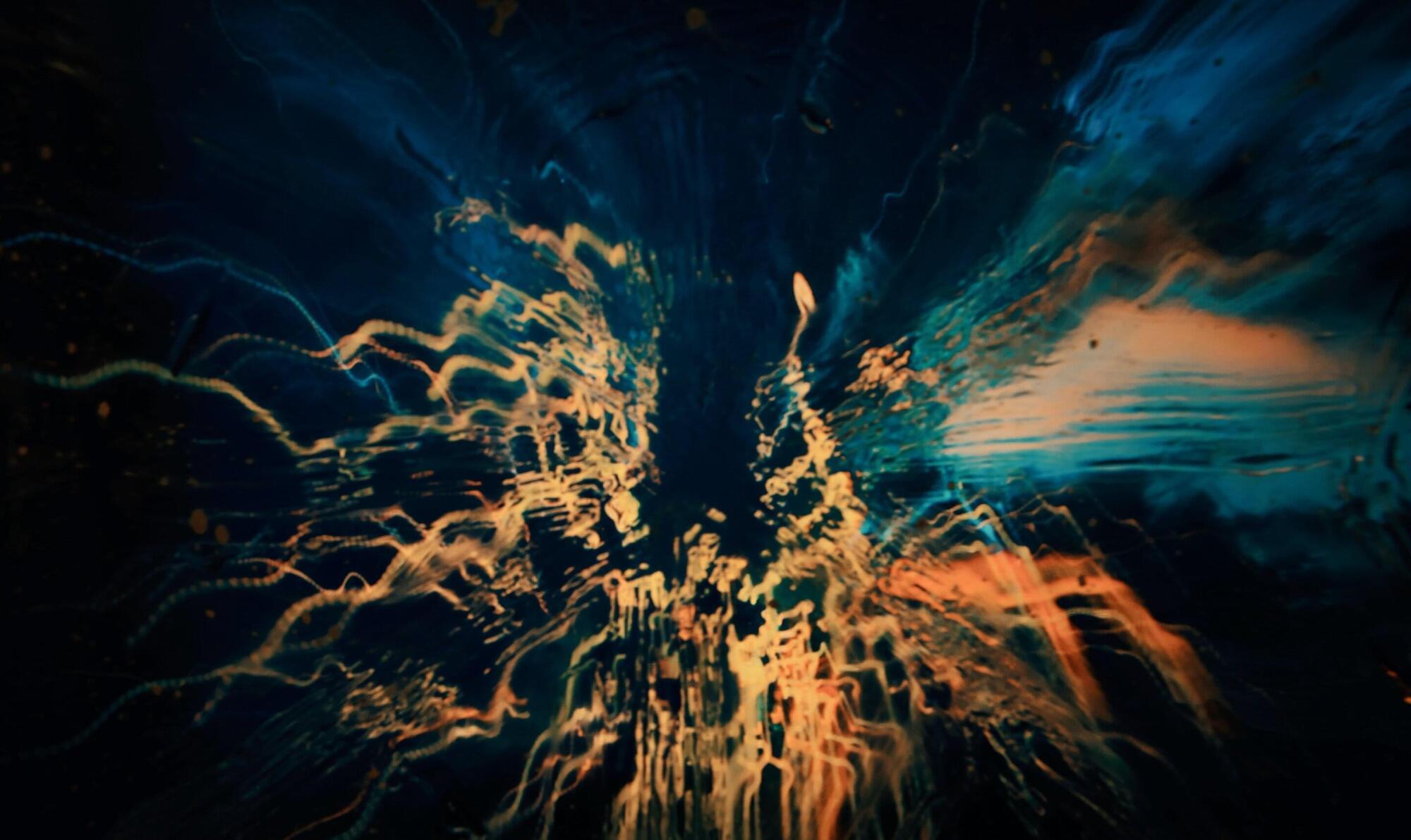
“When you have anyons in the system, what happens is each anyon may try to move, but it’s frustrated by the presence of other anyons,” Todadri explains. “This frustration happens even if the anyons are extremely far away from each other. And that’s a purely quantum mechanical effect.”
Even so, the team looked for conditions in which anyons might break out of this frustration and move as one macroscopic fluid. Anyons are formed when electrons splinter into fractions of themselves under certain conditions in two-dimensional, single-atom-thin materials, such as MoTe2. Scientists had previously observed that MoTe2 exhibits the FQAH, in which electrons fractionalize, without the help of an external magnetic field.
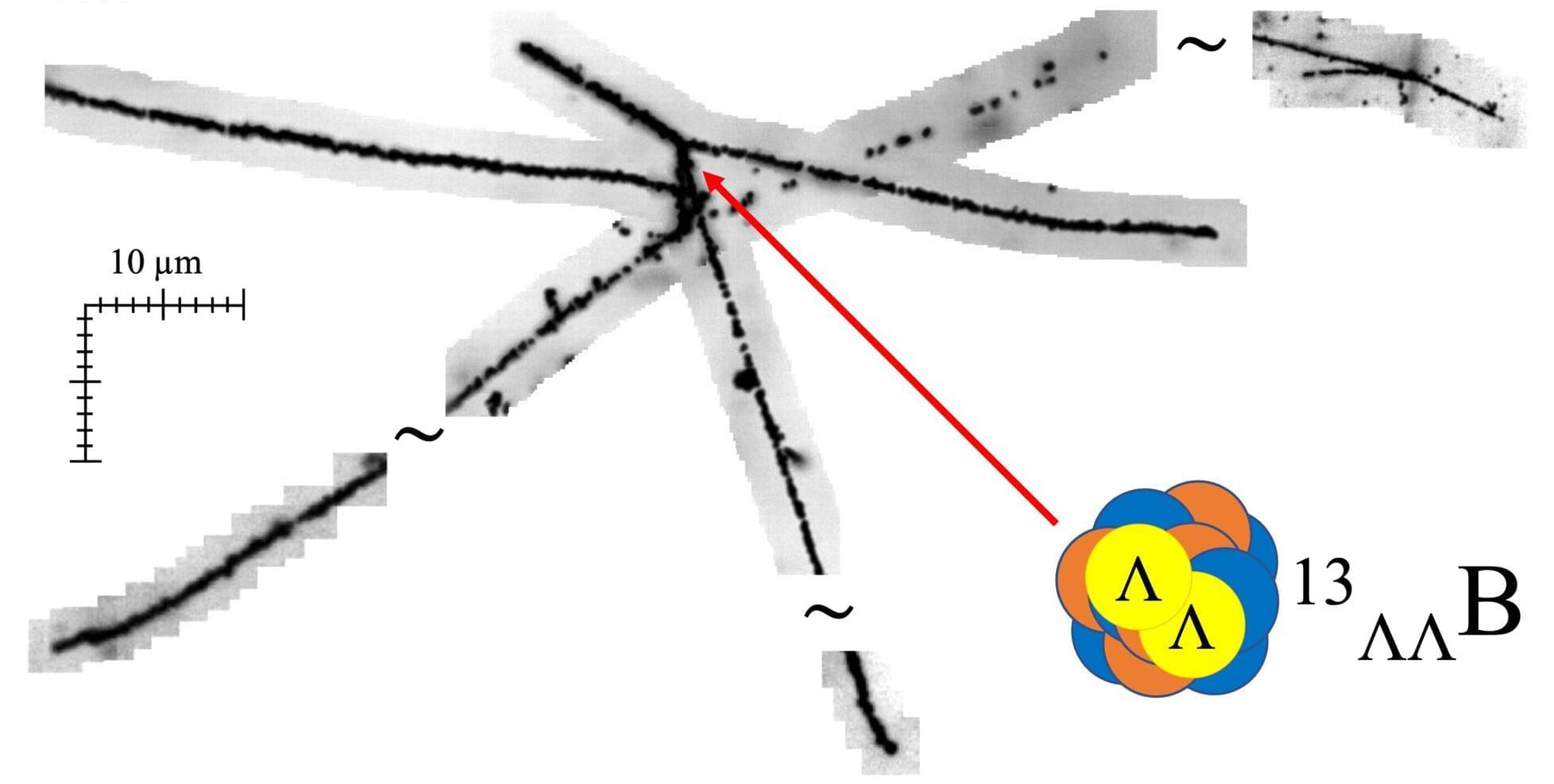
Researchers from the High Energy Nuclear Physics Laboratory at the RIKEN Pioneering Research Institute (PRI) in Japan and their international collaborators have made a discovery that bridges artificial intelligence and nuclear physics. By applying deep learning techniques to a vast amount of unexamined nuclear emulsion data from the J-PARC E07 experiment, the team identified, for the first time in 25 years, a new double-Lambda hypernucleus.
This marks the world’s first AI-assisted observation of such an exotic nucleus—an atomic nucleus containing two strange quarks. The finding, published in Nature Communications, represents a major advance in experimental nuclear physics and provides new insight into the composition of neutron star cores, one of the most extreme environments in the universe.
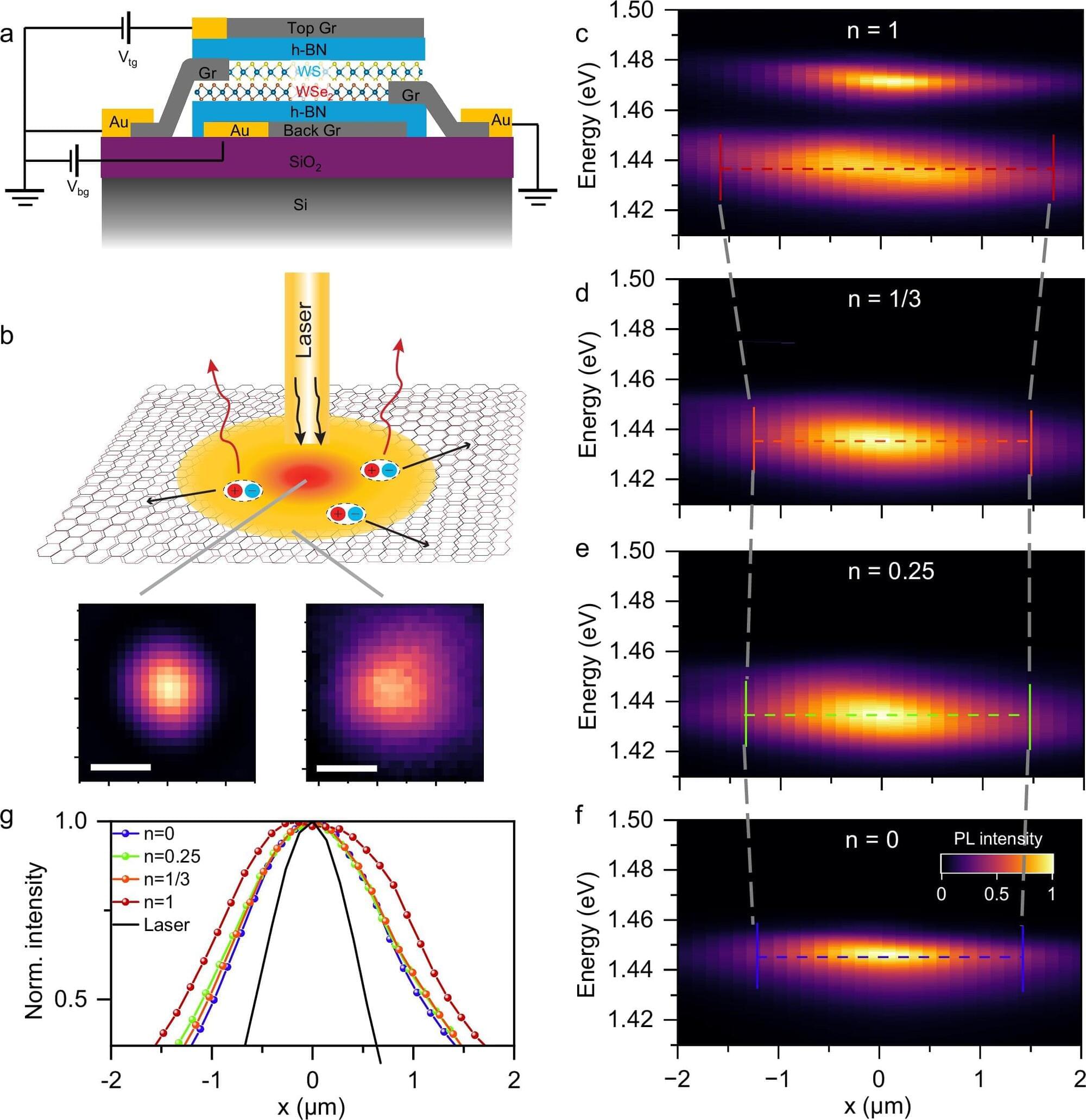
Excitons are pairs of bound negatively charged electrons and positively charged holes that form in semiconductors, enabling the transport of energy in electronic devices. These pairs of charge carriers also emerge in transition metal dichalcogenides, thin semiconducting materials comprised of a transition metal and two chalcogen atoms.
Researchers at Carnegie Mellon University, UC Riverside, and other institutes have introduced a new strategy to control the flow of energy in structures comprised of two transition metal dichalcogenide layers stacked with a small rotational mismatch, also known as moiré superlattices.
Their proposed approach, introduced in a paper published in Nature Communications, entails the active tuning of electronic states in moiré superlattices in ways that alter the transport of excitons.
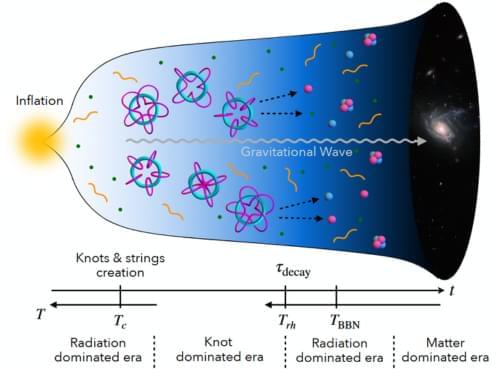
Knotted structures once imagined by Lord Kelvin may actually have shaped the universe’s earliest moments, according to new research showing how two powerful symmetries could have created stable “cosmic knots” after the Big Bang. These exotic objects may have briefly dominated the young cosmos, unraveled through quantum tunneling, and produced heavy right-handed neutrinos whose decays tipped the balance toward matter over antimatter.
In 1867, Lord Kelvin pictured atoms as tiny knots in an invisible medium called the ether. That picture turned out to be wrong, since atoms are built from subatomic particles rather than twists in space. Yet his discarded idea of knotted structures may still help explain one of the deepest questions in science: why anything in the universe exists at all.
A team of physicists in Japan has now shown that knotted structures can naturally appear in a realistic particle physics model that also addresses several major mysteries, including the origins of neutrino masses, dark matter, and the strong CP problem. Their study, published in Physical Review Letters, suggests that such “cosmic knots” could have formed in the violently changing early universe, briefly taken over as a dominant form of energy, and then collapsed in a way that slightly favored matter over antimatter. As they formed and decayed, these knots would have stirred spacetime itself, producing a distinctive pattern of gravitational waves that future detectors might be able to pick up, which is rare for a problem that is usually very difficult to test directly.